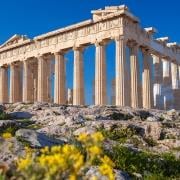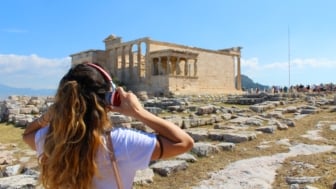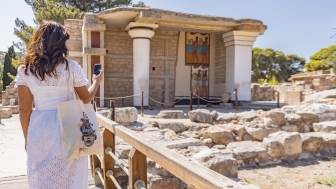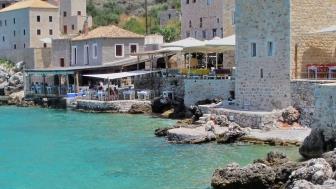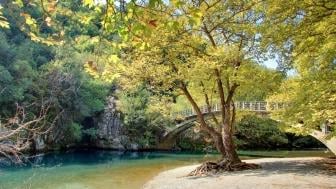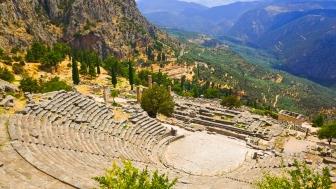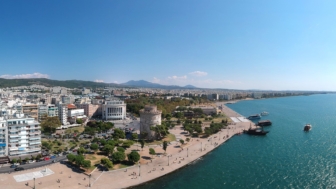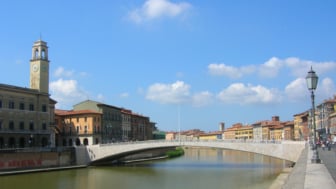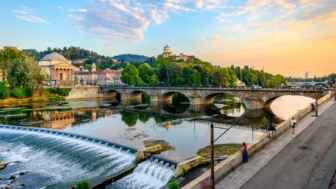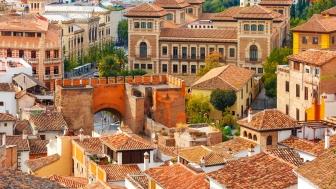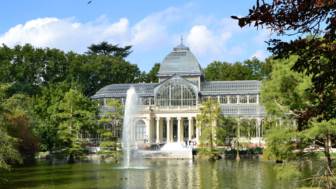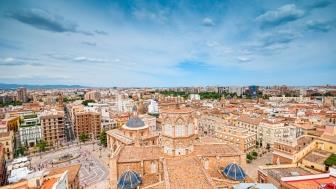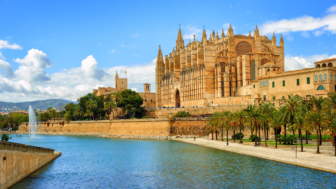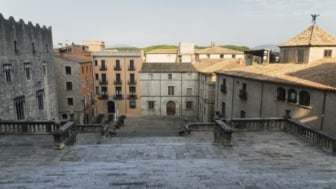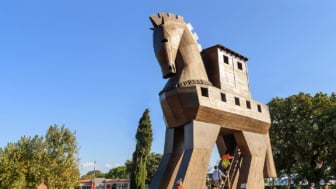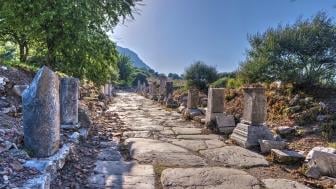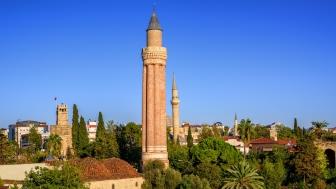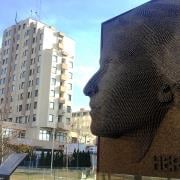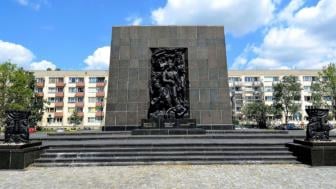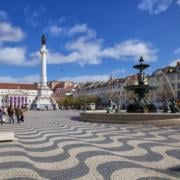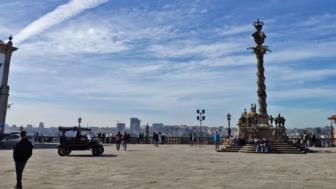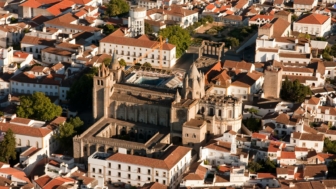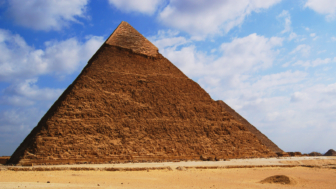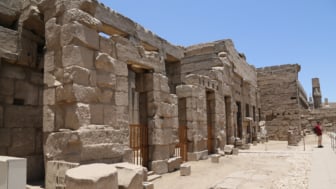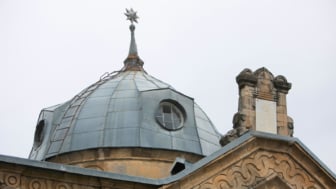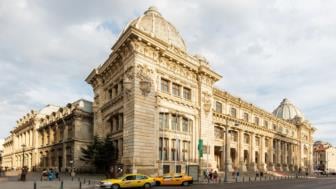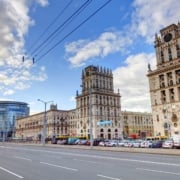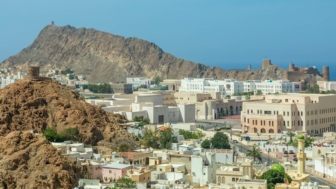As you stroll around Athens, you’ll easily realize that there is so much to see and admire. And what you should definitely not miss is a visit to the Ancient Agora of Athens, the center of the antique city and the birthplace of Democracy. Located in a vivid and picturesque neighborhood, full of restaurants, cafés and tourist shops, the Ancient Agora of Athens deals with present times and reminds us that its location has always been the place per excellence to gather and socialize.
But what is an agora?
The agora was not an Athenian invention. In fact, the agora was an open space used for gatherings and other types of activities. The term agora appeared for the first time in the Homeric poems, the Iliad and the Odyssey. The epic poet, Homer states that agora was not only the center of the city but first and foremost an indication of evolution and civilization. Every city had an agora that was usually located in the middle of the municipality or near its port surrounded by public buildings, workshops and temples.
What makes the Ancient Agora of Athens so special?
The fame and glory of Athens spread throughout the world and the Agora became a meeting point both for the citizens and for those coming to Athens to see in person the Athenian miracle. Initially, during the Late Bronze and Iron Age, the area was used as a cemetery. Later, around the middle of the 6th century, the first civic buildings and monuments were erected. But it was in the 5th century, during the so-called Golden Age of Athens, that the Agora flourished and was adorned with numerous and exquisite buildings becoming the most famous agora of its time. Nowadays, it is known as the place where Democracy was born. Here the official weights and measures of the state were kept, and the Senate was gathered. Agora was also the place where Socrates was teaching and elaborating on his philosophical ideas. And even the Panathenaic Way, the most famous road for ceremonies, races and commercial purposes run throughout the Agora.
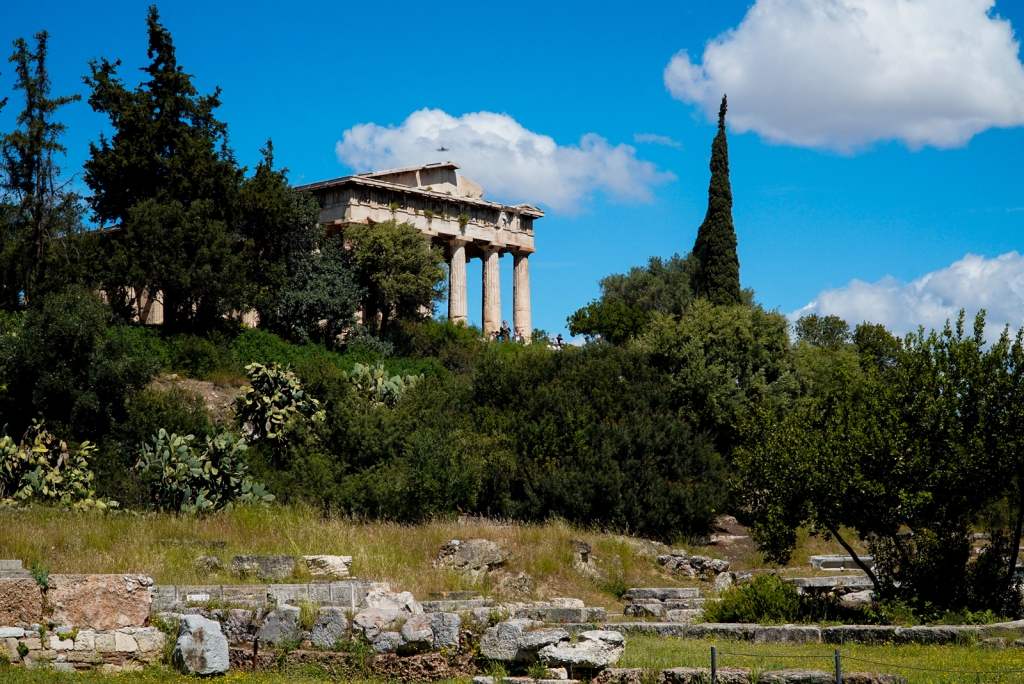
Which landmarks survive to this day?
The fall of the Ancient Agora coincided with the fall of Athens. With the advent of Christianism and later the rise of the powerful Byzantine Empire, the role of Athens declined. The city as well as the Agora suffered the attacks and the looting of foreign invaders and gradually the area was abandoned. Today, you can visit the archaeological site and admire the remains of the grandiose buildings and temples.
Hephaisteion and Panathenaic Way
You can follow the steps of all prominent figures of antiquity by walking down the Panathenaic Way. The famous road served as a processional way during the Great Panathenaia, a festival held in honor of the protector of the city, the goddess Athena. Climbing on top of the hill, you’ll admire the temple of Hephaestus, commonly known as Hephaisteion. The temple is the best-preserved of all Doric Greek temples and dates back to the second half of the 5th century B.C. Do you think that you have already seen this temple before? Well, it is possible. During the 18th century, Nicholas Revett and James Stuart, two British architects that played a crucial role in preserving the ancient greek monuments and promoting the neoclassical architectural form, published the Antiquities of Athens where Hephaisteion was featured. Its style inspired several buildings in Europe and America. Hephaisteion served as the first archaeological museum of Athens after the declaration of Greece as an independent state.
The House of Simon the Cobbler
The remains of the House of Simon the Cobbler, a place that was frequented by Socrates, are visible until today. It is said, that here, the great philosopher met his students and especially the youngest ones who were not allowed to enter the center of the Agora. According to ancient sources, Simon the Cobbler recorded the dialogues of Socrates and finally wrote them down under the title Skytikoi dialogues meaning the dialogues of the shoemaker.
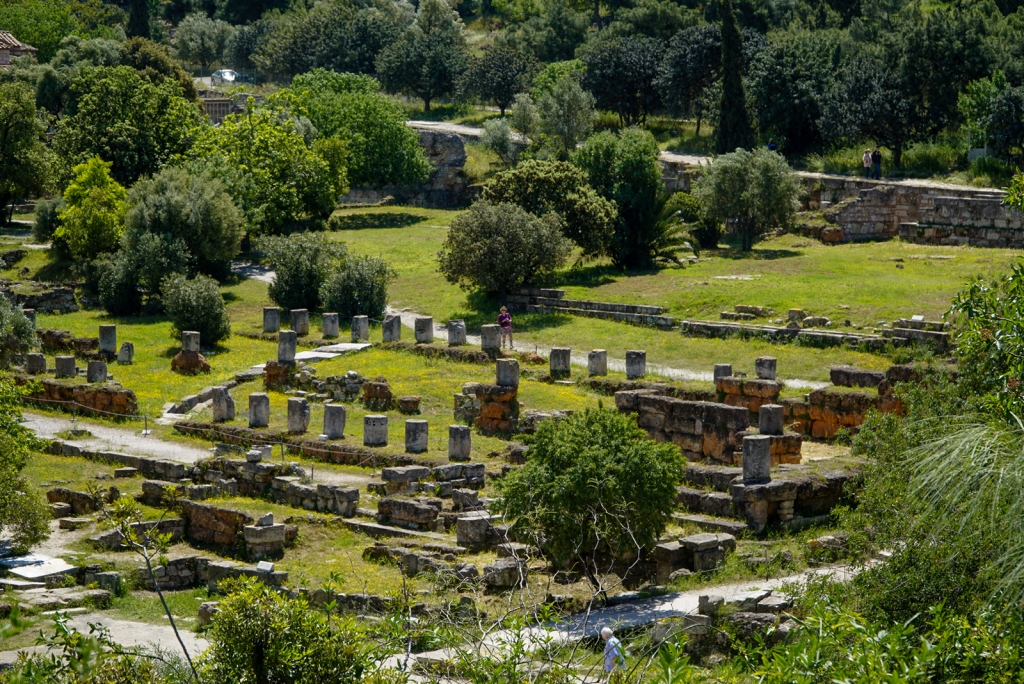
Bouleuterion
The scattered remains of Bouleuterion remind us that the Agora was the birthplace of Democracy and the guardian of the constitution since the meetings of the Senate were held here. It is not quite certain if Romans conquered Athens or Athens conquered them. For sure, Roman emperors and generals admired the history of the city and decided to build several and major buildings. Marcus Vispanius Agrippa, one of the most famous and influential generals, ordered the construction of a luxurious Odeion, known as the Odeion of Agrippa. The impressive male statues that decorated the building stand fiercely under the Athenian sky until nowadays.
Stoa of Attalos
Last but not least, you can visit the iconic Stoa of Attalos, one of the most photographed antique buildings, that today hosts the Museum of the Ancient Agora where the findings from the area are exhibited. The Stoa, named after Attalus, the king of Pergamon who constructed it, never ceased its function and is a typical example of Hellenistic architecture.
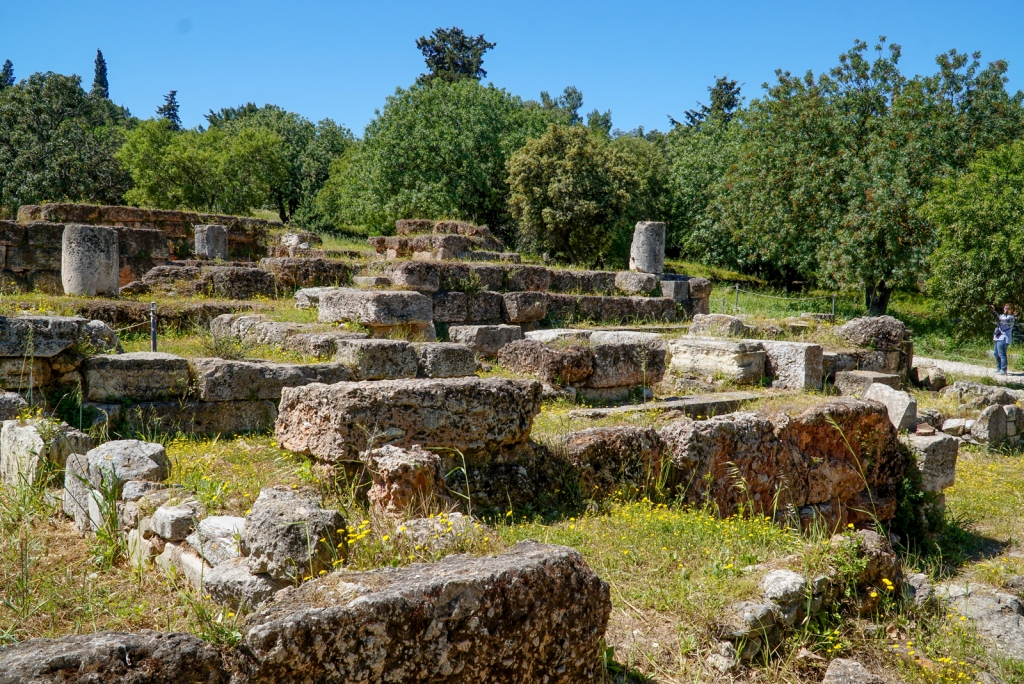
Back to life!
Until the first decades of the 20th century, houses and shops were built over the remains of the Ancient Agora and formed the core of the contemporary city of Athens. Photographs of that period and the silent film “The Apaches of Athens of 1930,” the first Greek film with music and songs, give us a quite clear image of how the area was at the time. The Ancient Agora ‘’revived from the ashes’’ in 1931 when the Greek Government authorized the American School of Classical Studies to start excavations in the area. The costly project was funded by John D. Rockefeller. 121.000 sq. meters were delimited as a restricted archaeological site and the 365 houses that covered the area at the time were demolished. Today, the archaeological site of the Ancient Agora is a small oasis in the heart of the city, full of trees and monuments that narrate the past. Walk around, learn everything about the daily life, the laws as well as the political system and admire the breathtaking view of the Plaka quarter and the awe-inspiring Parthenon.
Can’t wait to visit Greece and the Ancient Agora? Well, we have created a virtual tour that brings the Ancient Agora to you.
Duration: 1h 30min


